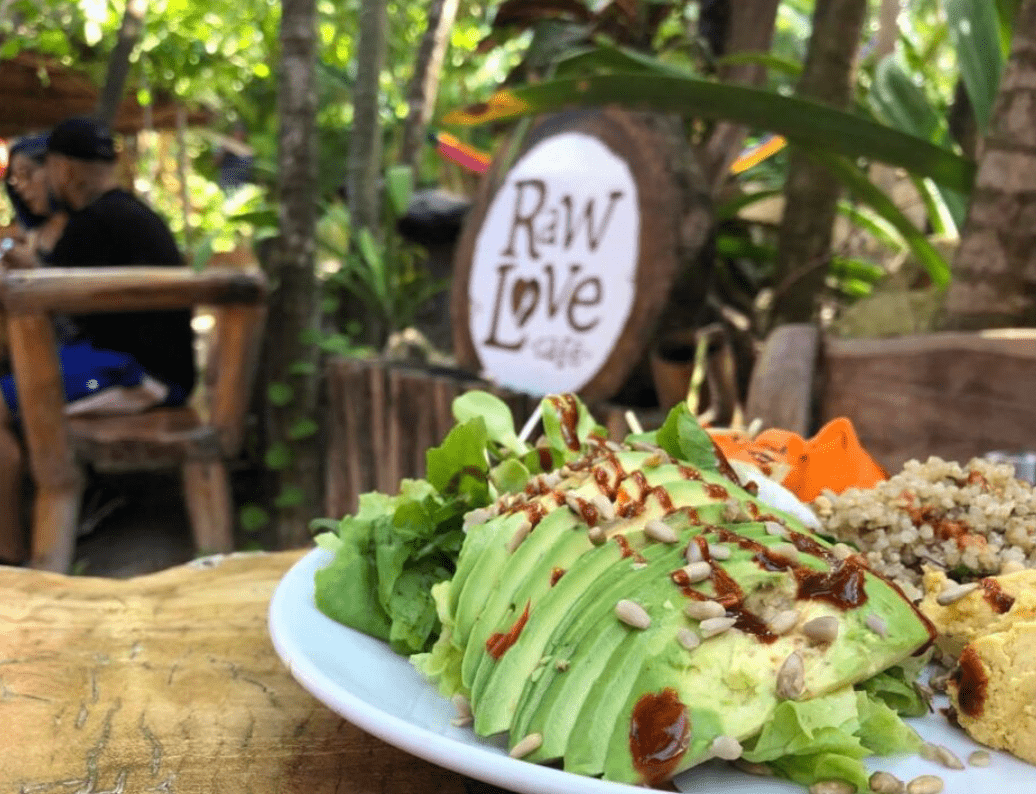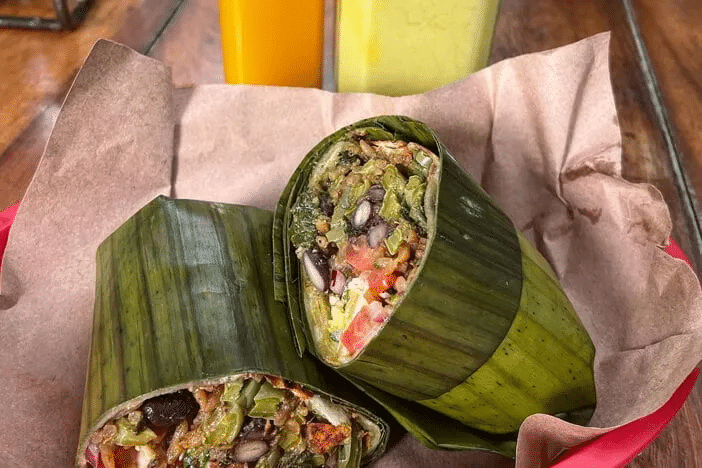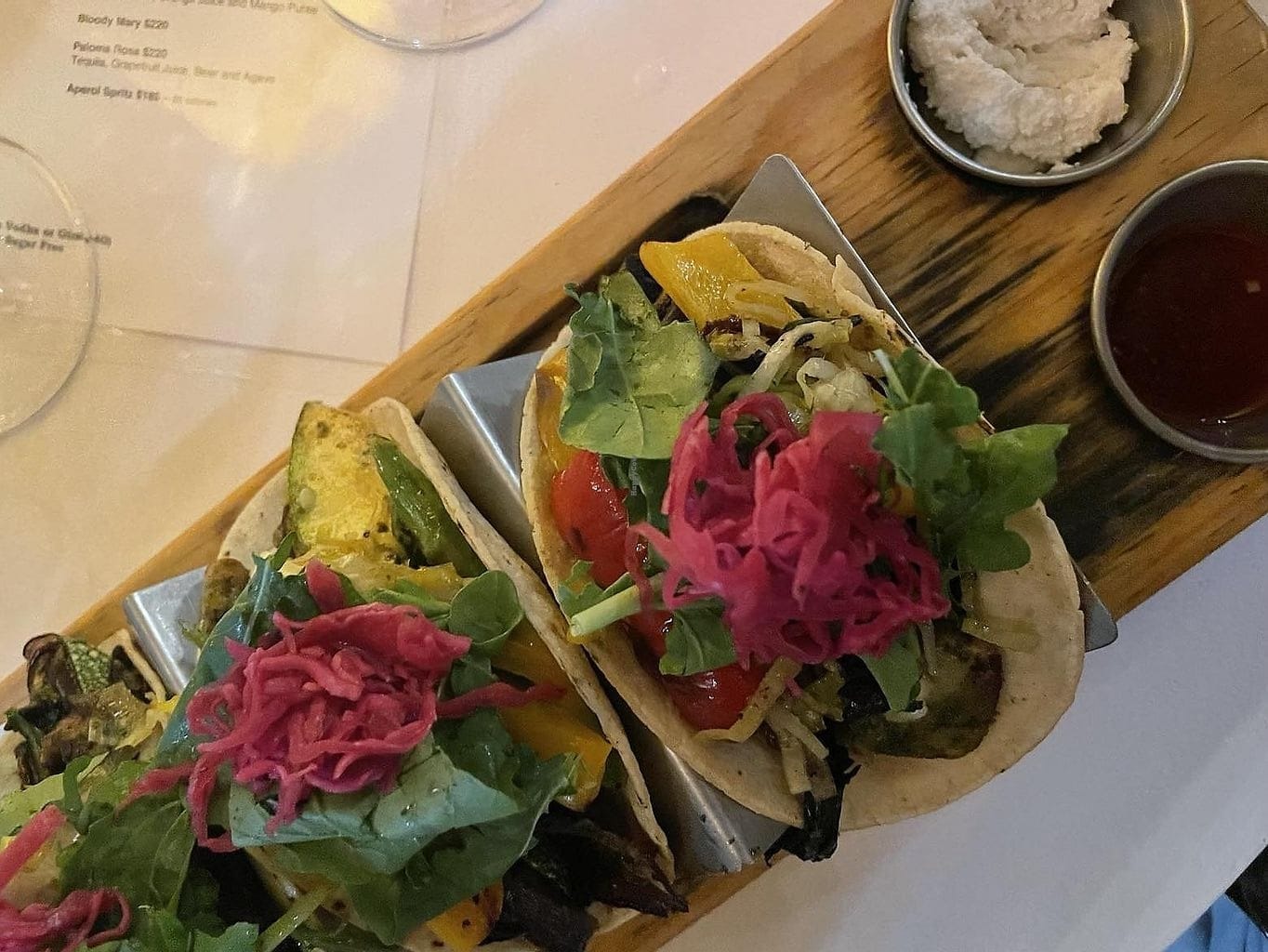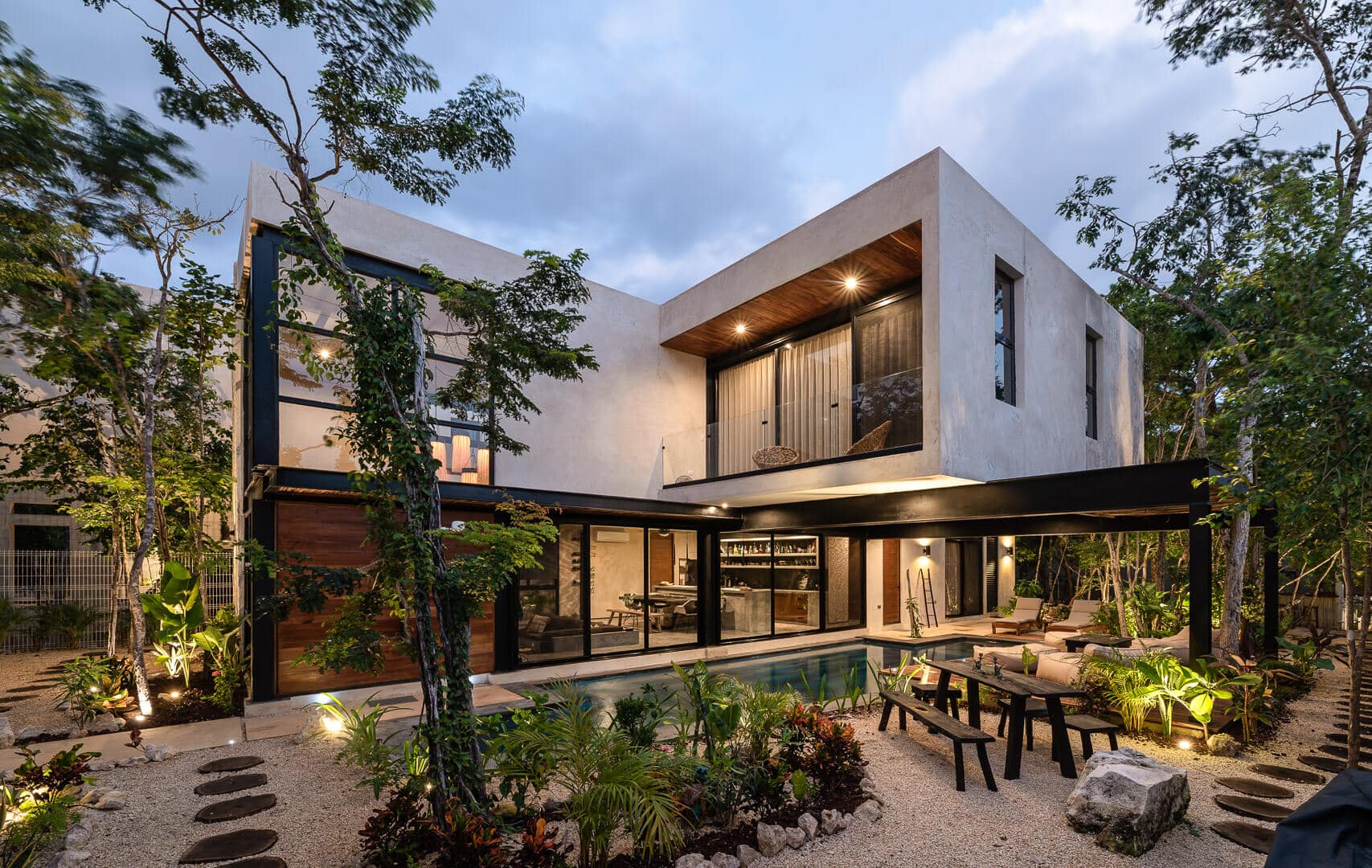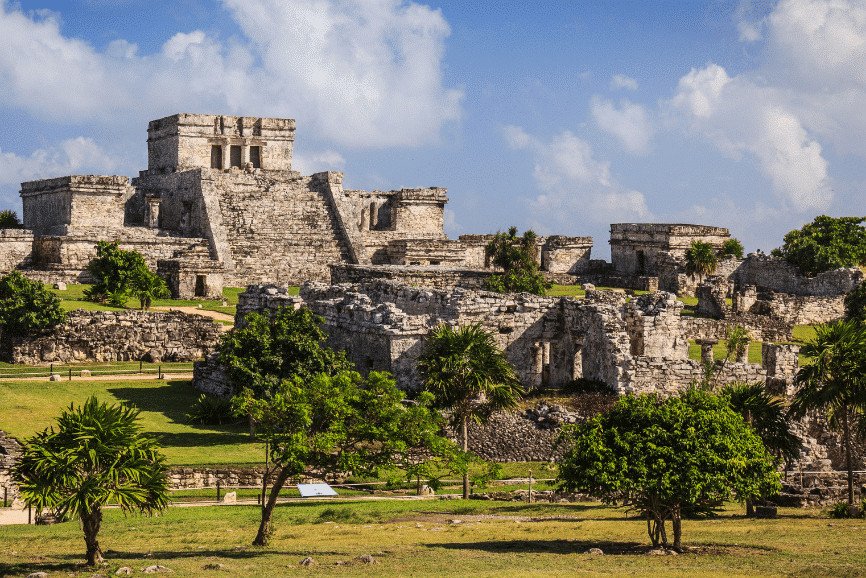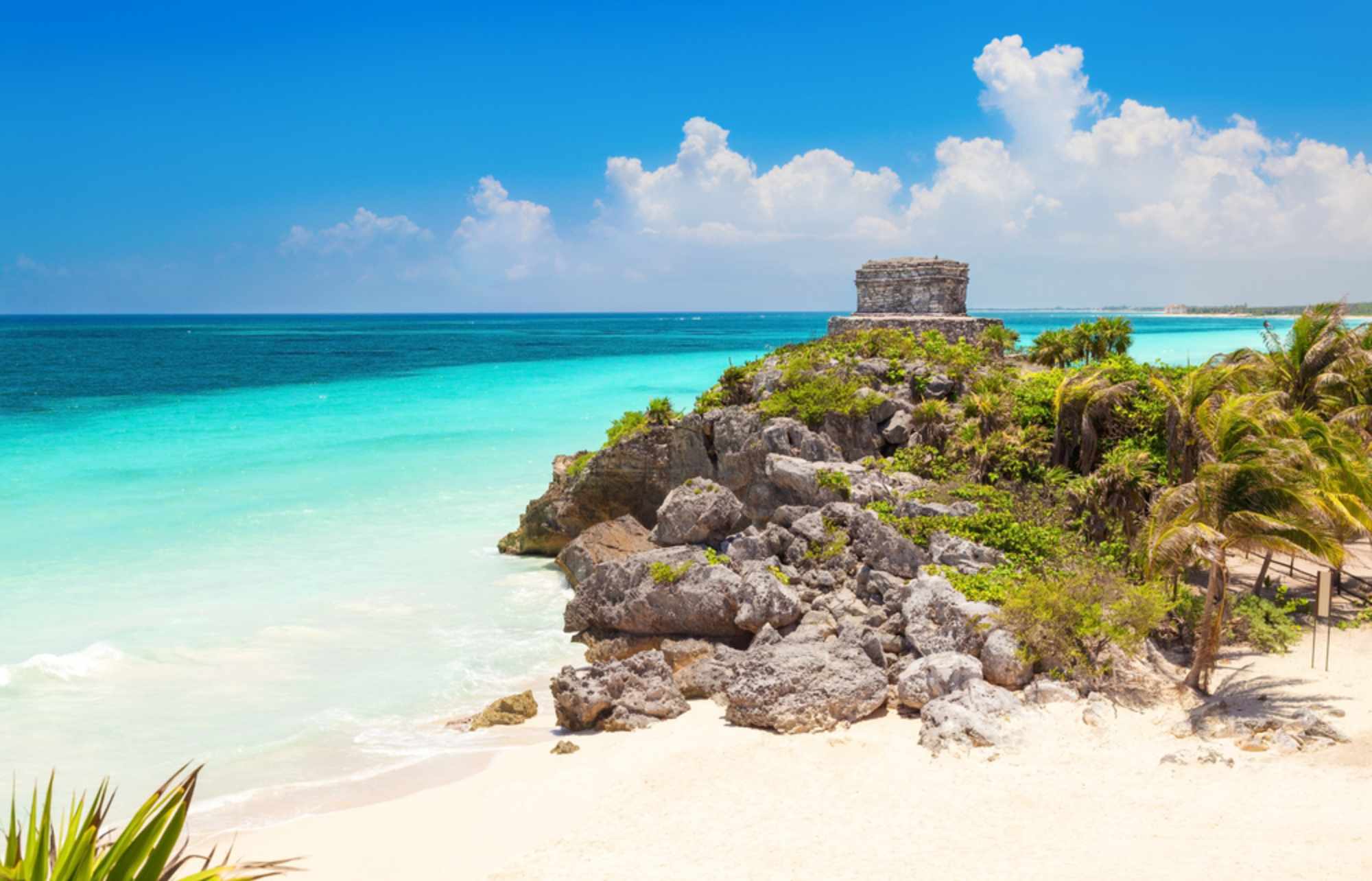In recent years, Tulum has transformed from a sleepy fishing village on Mexico’s Caribbean coast into a global mecca for yoga enthusiasts, spiritual seekers, and wellness travelers. This bohemian paradise, with its pristine beaches, Mayan ruins, and jungle cenotes, provides the perfect backdrop for yogic practice and spiritual exploration. The unique combination of natural beauty, ancient energy, and conscious community has created a yoga scene unlike any other in the world.
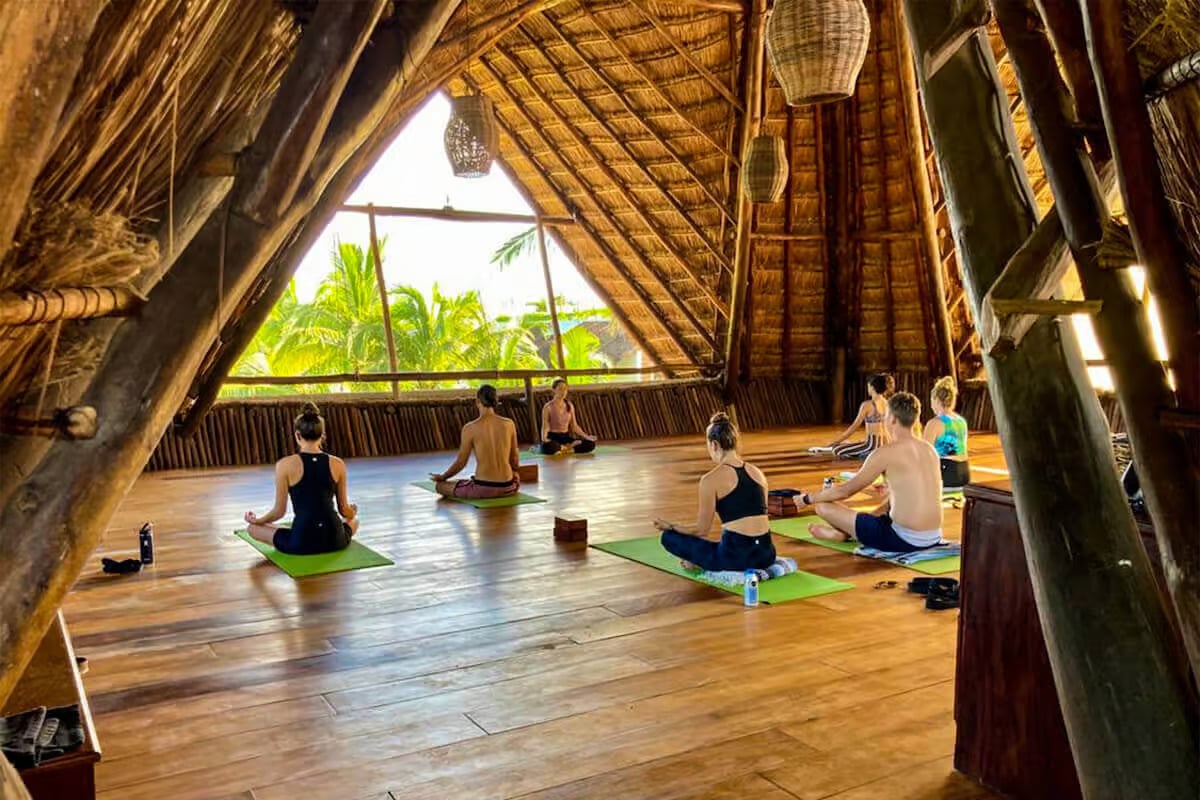
The Rise of Tulum as a Yoga Destination
Tulum’s evolution into a yoga hub wasn’t accidental. Located about 80 miles south of Cancún on Mexico’s Yucatán Peninsula, Tulum offers a stark contrast to the spring break atmosphere of its northern neighbor. Instead of high-rise hotels and nightclubs, Tulum embraces eco-chic accommodations, farm-to-table restaurants, and of course, world-class yoga studios.
The area’s natural energy has long been recognized as special. The ancient Maya built one of their most important coastal cities here, with temples perched dramatically on cliffs overlooking the turquoise Caribbean Sea. Many believe the region sits on powerful energy vortexes, making it particularly conducive to spiritual practices.
When the first yoga teachers and practitioners discovered Tulum in the early 2000s, they found a place where they could disconnect from modern distractions and reconnect with themselves. Word spread quickly through the global yoga community, and soon, Tulum became a must-visit destination for those seeking to deepen their practice in a stunning natural setting.
The Unique Tulum Yoga Experience
What makes practicing yoga in Tulum different from anywhere else in the world? For starters, there’s the setting. Many studios offer open-air classes where the sound of waves crashing on the shore forms a natural soundtrack to your practice. The warm tropical air carries the scent of salt water and jungle flowers, creating a multi-sensory experience that enhances mindfulness.
Then there’s the variety. From traditional Hatha and Ashtanga to more contemporary styles like aerial yoga and SUP (stand-up paddleboard) yoga on the calm waters of cenotes, Tulum offers something for practitioners of all levels and interests. Many studios incorporate elements of Mayan culture and local traditions, creating unique fusion practices that you won’t find elsewhere.
The community aspect also sets Tulum apart. During high season (November through April), the town attracts some of the world’s most renowned yoga teachers, who come to lead workshops, retreats, and teacher trainings. This creates an environment of constant learning and growth, where even experienced yogis can find new inspiration.
Top Yoga Studios in Tulum
Sanará Yoga
Located on the beach road, Sanará offers one of the most picturesque yoga experiences in Tulum. Their elevated, oceanfront shala provides panoramic views of the Caribbean while you practice. The studio is known for its diverse schedule of classes and frequent workshops with international teachers. Their signature “Sanará Flow” combines elements of various yoga traditions with mindfulness practices.
Amansala
Set back from the beach in a stunning oceanfront location, Amansala offers an immersive wellness experience. This eco-chic resort has become famous for its “Bikini Bootcamp” program but also offers excellent yoga classes in its beautiful open-air studio. The gentle sea breezes cool you as you move through your practice, while the sounds of waves create a peaceful atmosphere. The resort focuses on holistic wellness, with classes that emphasize proper alignment, mindfulness, and connection to nature.
Holistika
More than just a yoga studio, Holistika is a complete wellness community located in the Aldea Zama neighborhood. The property features multiple yoga spaces, including an airy indoor studio and outdoor platforms nestled in the jungle. Their “Art Walk” – sculptures and installations scattered throughout the property – adds an element of creativity to the experience. Classes range from gentle restorative practices to challenging vinyasa flows.
Maya Tulum Resort
One of the original wellness retreats in the area, Maya Tulum offers daily yoga classes in two beautiful oceanfront studios. Their schedule typically includes morning and evening sessions, with styles ranging from Kundalini to Yin. The resort’s commitment to holistic wellness extends beyond the yoga mat, with nutritious meals, spa treatments, and Temazcal (traditional Mayan sweat lodge) ceremonies.
Beyond the Mat: Tulum’s Spiritual Landscape
Yoga in Tulum extends far beyond asana practice. The area’s rich spiritual scene offers numerous opportunities to explore other dimensions of wellbeing. Many visitors incorporate sound healing sessions, often using traditional instruments like crystal bowls and Mayan drums, into their yoga journey. Others participate in cacao ceremonies, which use ceremonial-grade chocolate as a heart-opening medicine.
The region’s sacred cenotes – natural sinkholes filled with crystal-clear freshwater – provide unique spaces for meditation and reflection. These natural formations were considered by the Maya to be entrances to the underworld and continue to be revered as spiritual sites. Many yoga practitioners visit cenotes like Dos Ojos or Gran Cenote for self-guided meditation or organized ceremonies.
Tulum’s proximity to ancient Mayan ruins also allows visitors to connect with the area’s historical spiritual traditions. The clifftop ruins of Tulum, with their temples dedicated to various deities, offer a glimpse into the spiritual practices that have existed in this region for centuries. Some yoga retreats include guided visits to these archaeological sites, creating connections between modern yoga philosophy and ancient Mayan wisdom.
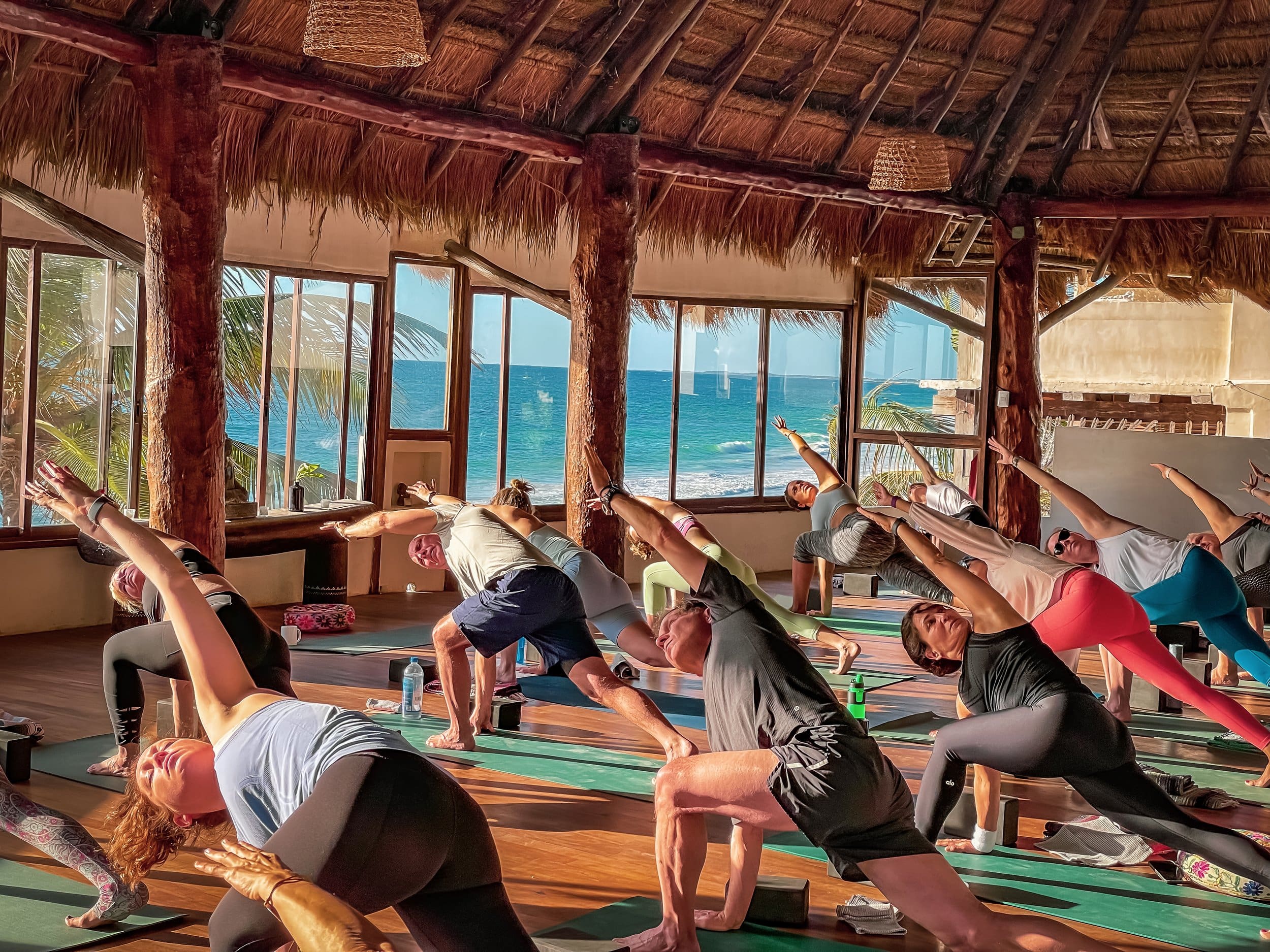
Sustainable Yoga Tourism: Challenges and Solutions
Tulum’s popularity as a yoga destination has brought economic benefits but also environmental challenges. The rapid development of the coastal zone has raised concerns about sustainability, from water management to the protection of coral reefs.
In response, many yoga businesses in Tulum have embraced eco-conscious practices. Studios like Sanará and Holistika utilize solar power, rainwater collection systems, and biodegradable products. Retreats often incorporate environmental education, teaching visitors about local ecosystems and conservation efforts.
Conscious travelers can minimize their impact by choosing accommodations with proven sustainability credentials, carrying reusable water bottles (the tap water in Tulum is not potable), and respecting natural areas. Some yoga retreats even include beach clean-ups or coral reef restoration activities as part of their programs.
Planning Your Yoga Journey to Tulum
The best time to visit Tulum for yoga is during the dry season, from November to April. This period offers pleasant temperatures and minimal rainfall, perfect for outdoor practices. However, this is also peak tourist season, so expect higher prices and the need to book accommodations and retreat spots well in advance.
For those seeking a more budget-friendly experience, the shoulder seasons (May and October) can be good alternatives. The weather is still generally favorable, and you’ll find fewer crowds. The summer months (June through September) bring higher humidity and the possibility of hurricanes, though prices are at their lowest.
When packing for a yoga retreat in Tulum, lightweight, breathable clothing is essential. The humidity can make even gentle practices sweat-inducing, so quick-drying fabrics are ideal. Don’t forget eco-friendly sunscreen, insect repellent, and a reusable water bottle.
The Future of Yoga in Tulum
As Tulum continues to evolve, its yoga scene is evolving too. Recent years have seen a move toward more authentic practices that honor yoga’s roots while adapting to contemporary needs. There’s greater emphasis on the philosophical and ethical aspects of yoga, not just the physical postures.
The community is also becoming more inclusive, with more offerings for diverse bodies, abilities, and backgrounds. Studios increasingly offer classes in both English and Spanish, serving both international visitors and local practitioners.
Despite challenges from rapid development and the impacts of global tourism, Tulum’s yoga community remains vibrant and resilient. The unique combination of natural beauty, ancient energy, and conscious community continues to draw those seeking to deepen their practice in a setting that nurtures body, mind, and spirit.
Whether you’re a seasoned yogi looking to study with master teachers or a beginner seeking an inspiring environment for your first downward dog, Tulum offers a yoga experience that resonates long after you roll up your mat and return home. In this magical meeting point of jungle and sea, ancient and modern, local and global, yoga becomes not just a practice but a transformative journey. if you are looking for the perfect accommodation for your yoga retreat in Tulum, we boast a wide range of accommodations in Tulum.


